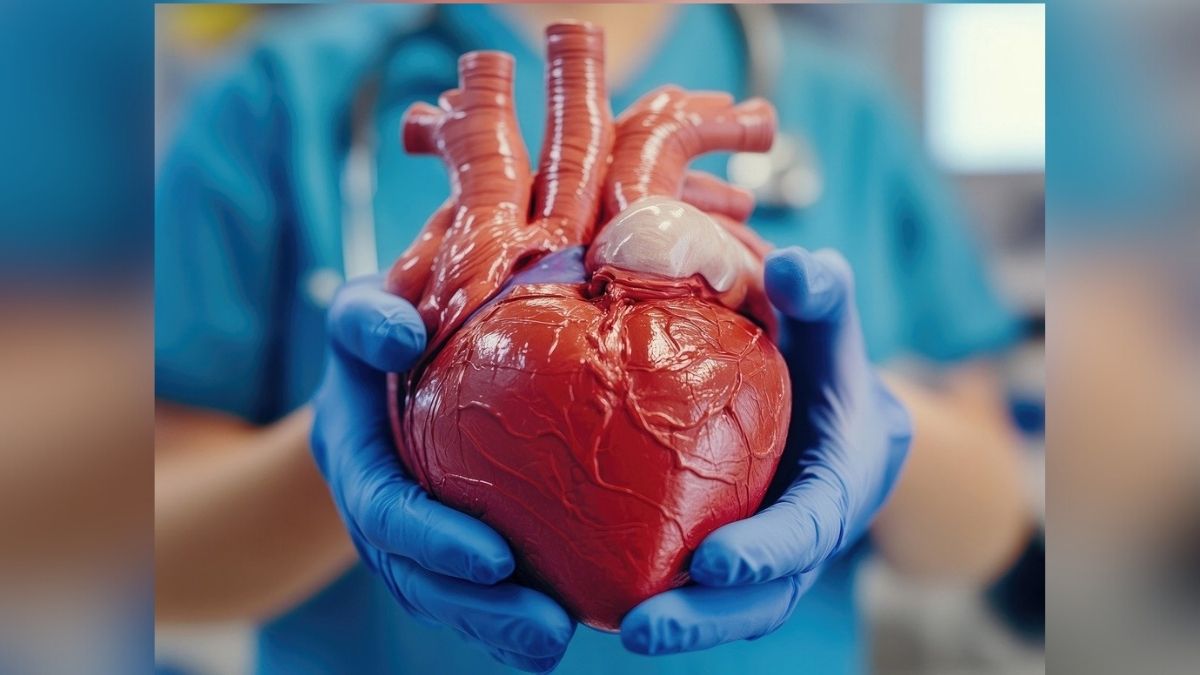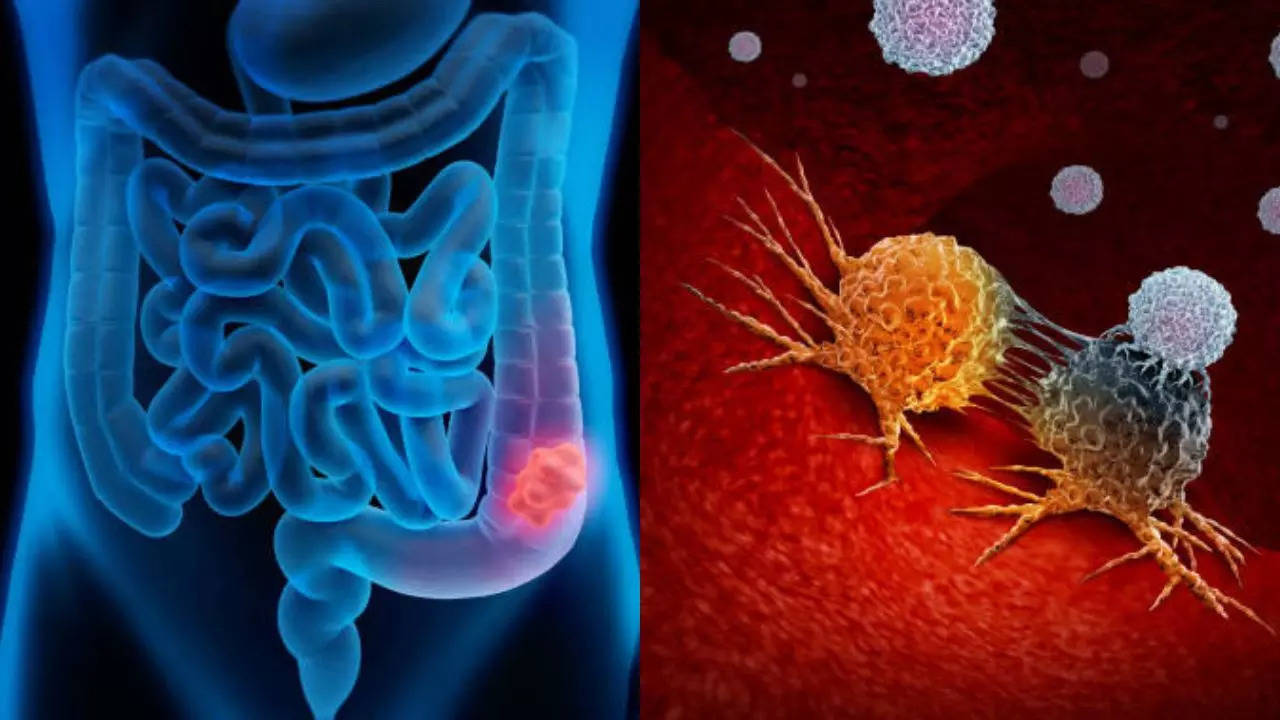
By Dr Sanjay Mittal Continues below advertisement window.addEventListener("load", function() { let ad_unit_fire_time = 1000; if(ad_delay_time_abp > 0){ ad_unit_fire_time = parseInt(ad_delay_time_abp) + 500; } setTimeout(function () { googletag.cmd.
push(function() { googletag.display("div-gpt-ad-9167143-2"); }); },ad_unit_fire_time) }); Heart failure, a critical medical condition impacting millions globally, poses a significant challenge to public health. In India alone, heart failure prevalence was projected to be between 1.

3 million and 4.6 million in 2022. Moreover, the number of cases of heart failure reported each year in India is increasing steadily.
The urban areas witness a higher incidence of heart failure as compared to the rural areas. This is primarily because of the higher incidence of adverse lifestyle factors in urban areas — such as poor dietary choices, sedentary lifestyle, and mounting stress levels. It is thus important to understand what heart failure is, and how the disease progresses to an advanced stage, where symptoms persist despite receiving optimal medical treatment.
Individuals suffering from advanced heart failure have worse outcomes, poor survival chances, and poor quality of life, often struggling in day-to-day activities. Though costly, there are options available for people suffering from advanced heart failure. Left Ventricular Assist Devices (LVADs) may transform the way advanced heart failure is treated, and significantly improve the quality of life for those who use them.
An LVAD is a battery-powered, surgically implanted device that assists the heart in pumping adequate blood to the body. LVADs have proven to be an effective treatment for heart failure by enhancing physical function, reducing hospital stays, and increasing survival rates. Continues below advertisement window.
addEventListener("load", function() { let ad_unit_fire_time = 1000; if(ad_delay_time_abp > 0){ ad_unit_fire_time = parseInt(ad_delay_time_abp) + 500; } setTimeout(function () { googletag.cmd.push(function() { googletag.
display("div-gpt-ad-1253031-3"); }); },ad_unit_fire_time) }); Though LVADs greatly enhance quality of life, individuals using them need to incorporate certain lifestyle changes such as consuming a healthy and nutritious diet, maintaining healthy weight, and avoiding alcohol and smoking etc. As heart failure is a catabolic state, patients receiving LVADs must understand the importance of being on a balanced diet — rich in nutrients — to support the heart and overall health. The basic principles of a heart-healthy diet for patients on LVAD are as follows: Patients should focus on heart-friendly, nutrient-dense foods like lean proteins, whole grains, fruits, vegetables, and healthy fats.
Protein is essential for muscle mass and recovery after LVAD implantation, while high-fibre, low-glycemic-index carbohydrates help stabilise blood sugar levels. Unsaturated fats should be prioritised over saturated and trans fats to support heart health and reduce inflammation. Managing sodium and fluid intake is crucial for LVAD patients, with a recommended daily limit of 2,000 mg and fluid restriction of 1.
5 to 2 litres. Specific vitamins and minerals, such as potassium, magnesium, Vitamin D, and calcium, are also essential for optimal recovery and heart health. Doctors may suggest blood tests to check for deficiencies and recommend supplements if necessary.
Besides making changes to their diet, LVAD patients should also incorporate other lifestyle adjustments to maintain their health. Engaging in consistent, gentle-to-moderate physical activity (under treating doctor's guidance), quitting smoking, and managing weight can enhance overall well-being and heart health. The author is Vice-Chairman, Clinical & Preventive Cardiology, Medanta, Gurugram.
[Disclaimer: The information provided in the article, including treatment suggestions shared by doctors, is intended for general informational purposes only. It is not a substitute for professional medical advice, diagnosis, or treatment. Always seek the advice of your physician or other qualified healthcare provider with any questions you may have regarding a medical condition.
] Check out below Health Tools- Calculate Your Body Mass Index ( BMI ) Calculate The Age Through Age Calculator.














